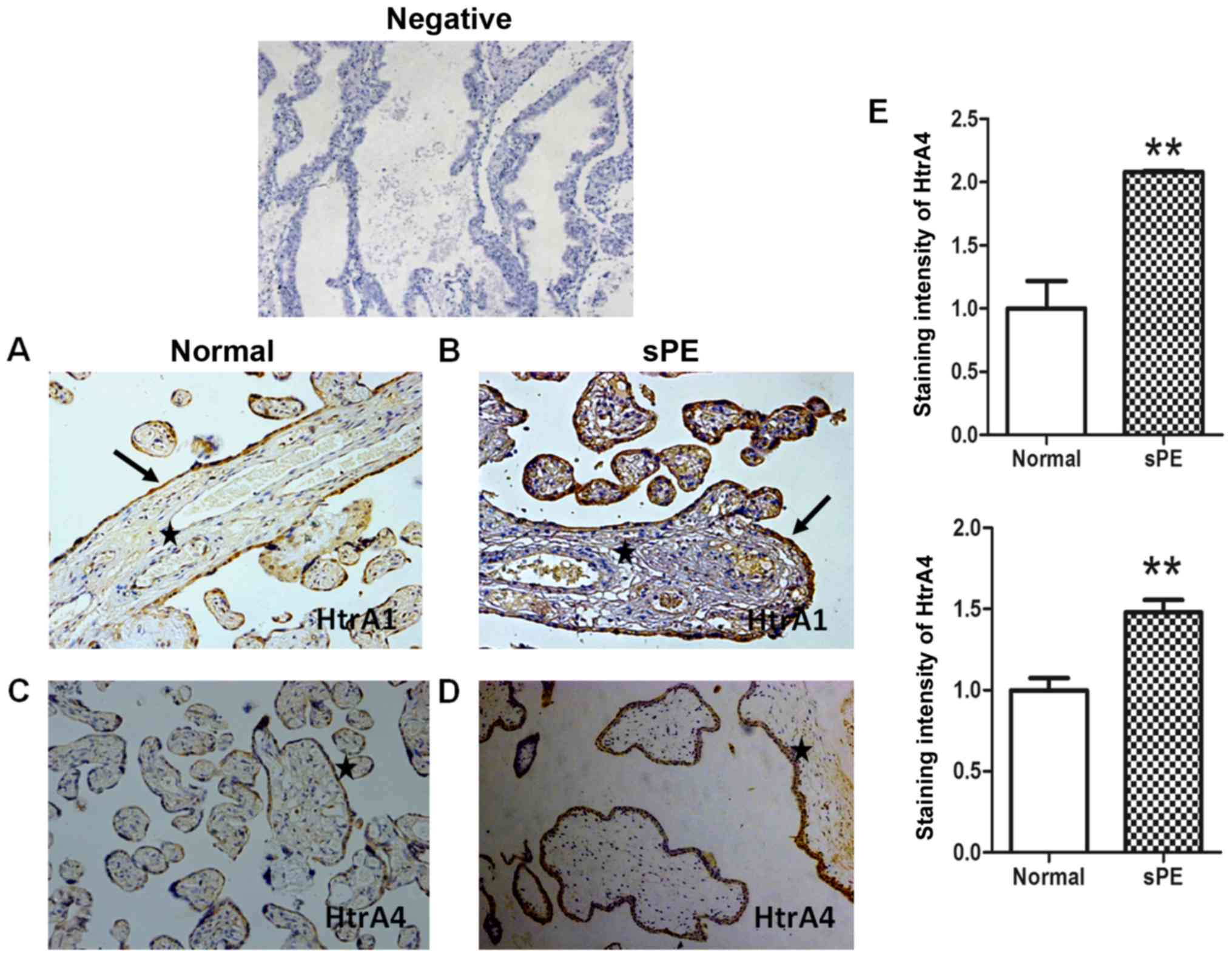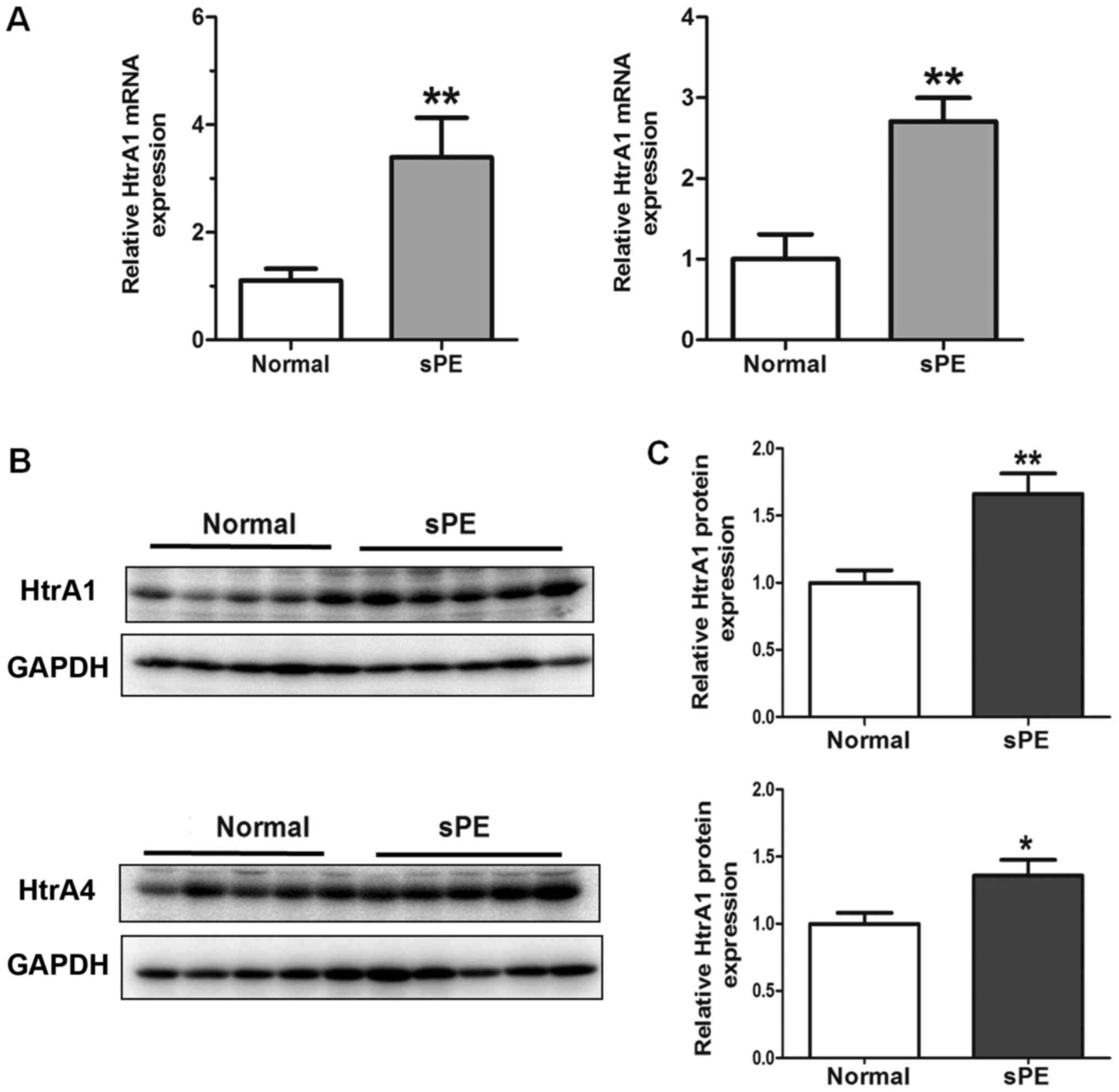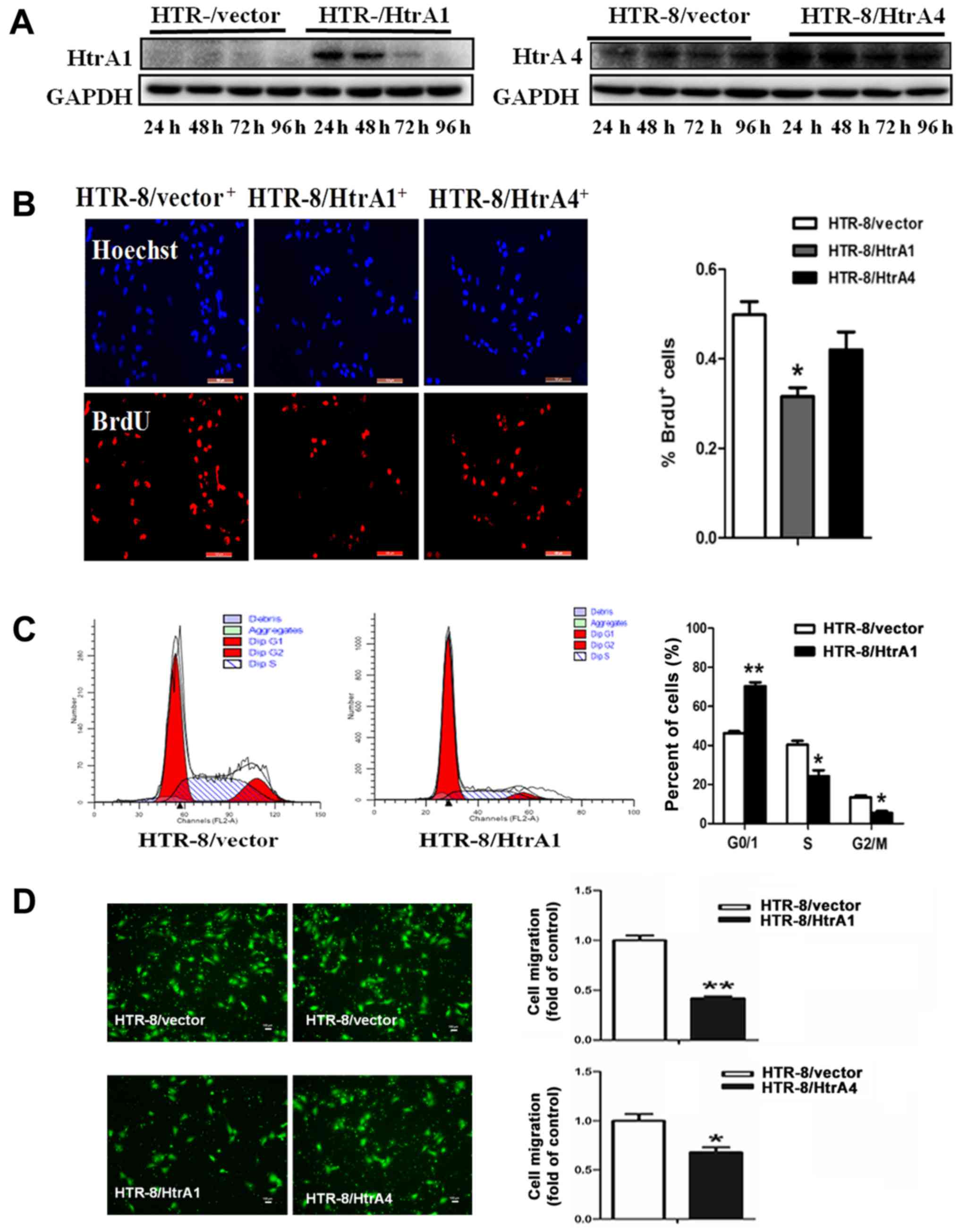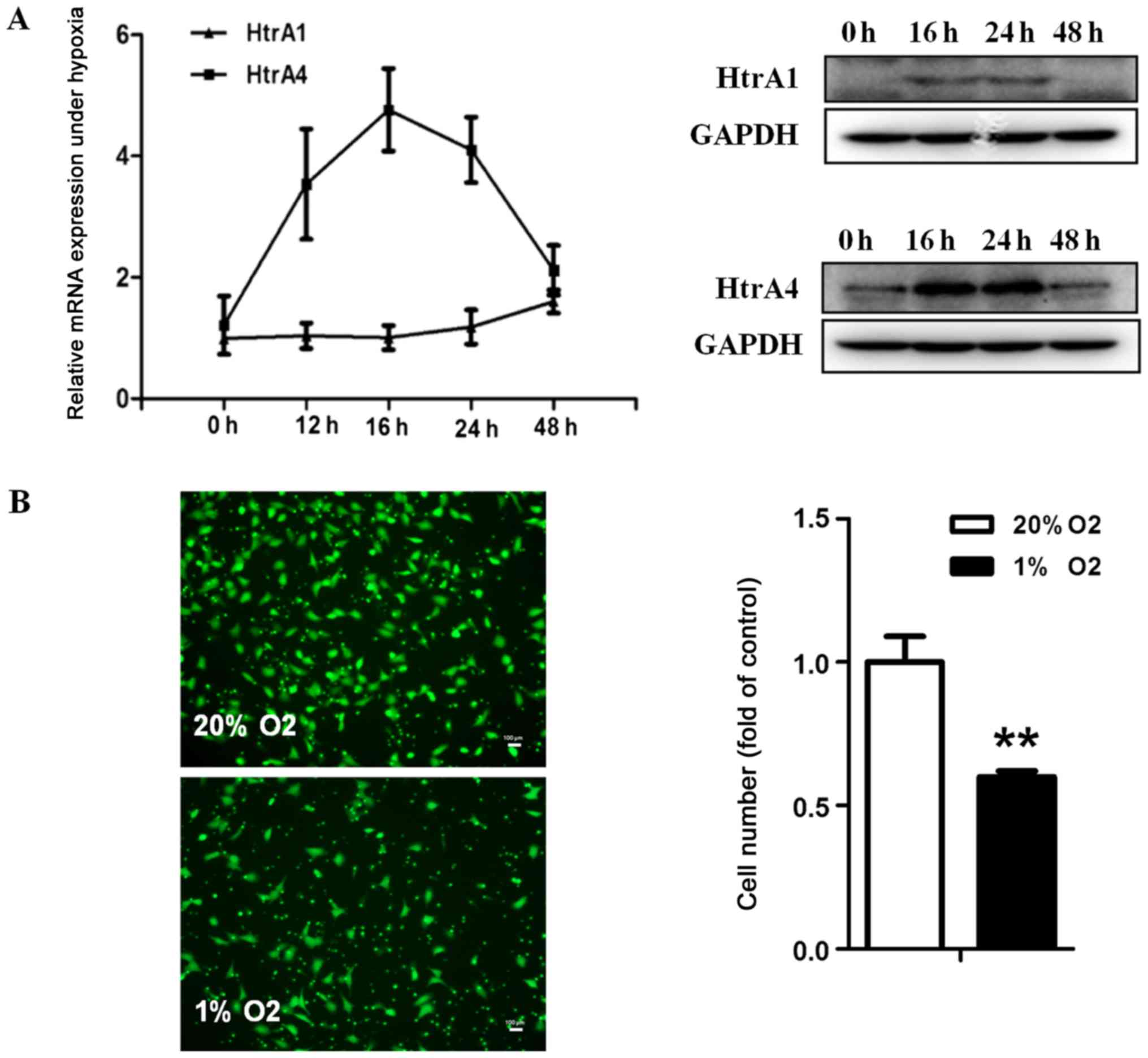|
1
|
Sibai BM, Caritis SN, Thom E, Klebanoff M,
McNellis D, Rocco L, Paul RH, Romero R, Witter F, Rosen M, et al:
Prevention of preeclampsia with low-dose aspirin in healthy,
nulliparous pregnant women. The National Institute of Child Health
and Human Development Network of Maternal-Fetal Medicine Units. N
Engl J Med. 329:1213–1218. 1993. View Article : Google Scholar : PubMed/NCBI
|
|
2
|
Levine RJ, Hauth JC, Curet LB, Sibai BM,
Catalano PM, Morris CD, DerSimonian R, Esterlitz JR, Raymond EG,
Bild DE, et al: Trial of calcium to prevent preeclampsia. N Engl J
Med. 337:69–76. 1997. View Article : Google Scholar : PubMed/NCBI
|
|
3
|
Chappell LC, Enye S, Seed P, Briley AL,
Poston L and Shennan AH: Adverse perinatal outcomes and risk
factors for preeclampsia in women with chronic hypertension: A
prospective study. Hypertension. 51:1002–1009. 2008. View Article : Google Scholar : PubMed/NCBI
|
|
4
|
National high blood pressure education
program working group report on high blood pressure in pregnancy.
Am J Obstet Gynecol. 163:1691–1712. 1990. View Article : Google Scholar : PubMed/NCBI
|
|
5
|
Inagaki A, Nishizawa H, Ota S, Suzuki M,
Inuzuka H, Miyamura H, Sekiya T, Kurahashi H and Udagawa Y:
Upregulation of HtrA4 in the placentas of patients with severe
pre-eclampsia. Placenta. 33:919–926. 2012. View Article : Google Scholar : PubMed/NCBI
|
|
6
|
Nie G, Hale K, Li Y, Manuelpillai U,
Wallace EM and Salamonsen LA: Distinct expression and localization
of serine protease HtrA1 in human endometrium and first-trimester
placenta. Dev Dyn. 235:3448–3455. 2006. View Article : Google Scholar : PubMed/NCBI
|
|
7
|
Nie GY, Li Y and Salamonsen LA: Serine
protease HtrA1 is developmentally regulated in trophoblast and
uterine decidual cells during placental formation in the mouse. Dev
Dyn. 233:1102–1109. 2005. View Article : Google Scholar : PubMed/NCBI
|
|
8
|
Ajayi F, Kongoasa N, Gaffey T, Asmann YW,
Watson WJ, Baldi A, Lala P, Shridhar V, Brost B and Chien J:
Elevated expression of serine protease HtrA1 in preeclampsia and
its role in trophoblast cell migration and invasion. Am J Obstet
Gynecol. 199(557): e1–e10. 2008.
|
|
9
|
American College of Obstetricians and
Gynecologists; Task Force on Hypertension in Pregnancy:
Hypertension in pregnancy. Report of the American College of
Obstetricians and Gynecologists' Task Force on Hypertension in
Pregnancy. Obstet Gynecol. 122:1122–1131. 2013.PubMed/NCBI
|
|
10
|
Graham CH, Hawley TS, Hawley RG,
MacDougall JR, Kerbel RS, Khoo N and Lala PK: Establishment and
characterization of first trimester human trophoblast cells with
extended lifespan. Exp Cell Res. 206:204–211. 1993. View Article : Google Scholar : PubMed/NCBI
|
|
11
|
Livak KJ and Schmittgen TD: Analysis of
relative gene expression data using real-time quantitative PCR and
the 2(-Delta Delta C(T)) method. Methods. 25:402–408. 2001.
View Article : Google Scholar : PubMed/NCBI
|
|
12
|
Lorenzi T, Marzioni D, Giannubilo S,
Quaranta A, Crescimanno C, De Luca A, Baldi A, Todros T, Tranquilli
AL and Castellucci M: Expression patterns of two serine protease
HtrA1 forms in human placentas complicated by preeclampsia with and
without intrauterine growth restriction. Placenta. 30:35–40. 2009.
View Article : Google Scholar : PubMed/NCBI
|
|
13
|
Chien J, Staub J, Hu SI, Erickson-Johnson
MR, Couch FJ, Smith DI, Crowl RM, Kaufmann SH and Shridhar V: A
candidate tumor suppressor HtrA1 is downregulated in ovarian
cancer. Oncogene. 23:1636–1644. 2004. View Article : Google Scholar : PubMed/NCBI
|
|
14
|
Baldi A, De Luca A, Morini M, Battista T,
Felsani A, Baldi F, Catricalà C, Amantea A, Noonan DM, Albini A, et
al: The HtrA1 serine protease is down-regulated during human
melanoma progression and represses growth of metastatic melanoma
cells. Oncogene. 21:6684–6688. 2002. View Article : Google Scholar : PubMed/NCBI
|
|
15
|
Oh Y, Nagalla SR, Yamanaka Y, Kim HS,
Wilson E and Rosenfeld RG: Synthesis and characterization of
insulin-like growth factor-binding protein (IGFBP)-7. Recombinant
human mac25 protein specifically binds IGF-I and -II. J Biol Chem.
271:30322–30325. 1996. View Article : Google Scholar : PubMed/NCBI
|
|
16
|
Campioni M, Severino A, Manente L, Tuduce
IL, Toldo S, Caraglia M, Crispi S, Ehrmann M, He X, Maguire J, et
al: The serine protease HtrA1 specifically interacts and degrades
the tuberous sclerosis complex 2 protein. Mol Cancer Res.
8:1248–1260. 2010. View Article : Google Scholar : PubMed/NCBI
|
|
17
|
Hou J, Clemmons DR and Smeekens S:
Expression and characterization of a serine protease that
preferentially cleaves insulin-like growth factor binding
protein-5. J Cell Biochem. 94:470–484. 2005. View Article : Google Scholar : PubMed/NCBI
|
|
18
|
Redman CW and Sargent IL: Latest advances
in understanding preeclampsia. Science. 308:1592–1594. 2005.
View Article : Google Scholar : PubMed/NCBI
|
|
19
|
Yung HW, Calabrese S, Hynx D, Hemmings BA,
Cetin I, Charnock-Jones DS and Burton GJ: Evidence of placental
translation inhibition and endoplasmic reticulum stress in the
etiology of human intrauterine growth restriction. Am J Pathol.
173:451–462. 2008. View Article : Google Scholar : PubMed/NCBI
|
|
20
|
Roberts JM and Hubel CA: Is oxidative
stress the link in the two-stage model of pre-eclampsia? Lancet.
354:788–789. 1999. View Article : Google Scholar : PubMed/NCBI
|
|
21
|
Burton GJ, Yung HW, Cindrova-Davies T and
Charnock-Jones DS: Placental endoplasmic reticulum stress and
oxidative stress in the pathophysiology of unexplained intrauterine
growth restriction and early onset preeclampsia. Placenta. 30 Suppl
A:S43–S48. 2009. View Article : Google Scholar : PubMed/NCBI
|
|
22
|
Ly DH, Lockhart DJ, Lerner RA and Schultz
PG: Mitotic misregulation and human aging. Science. 287:2486–2492.
2000. View Article : Google Scholar : PubMed/NCBI
|


















